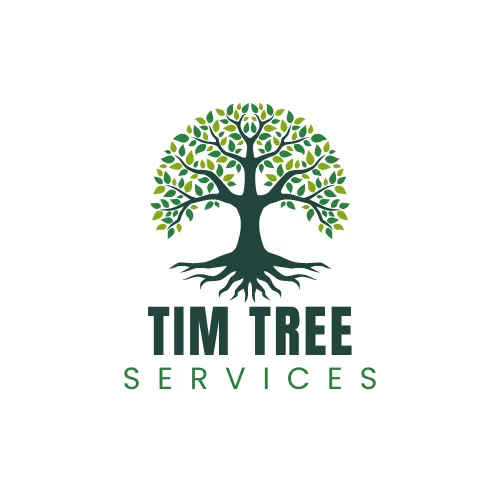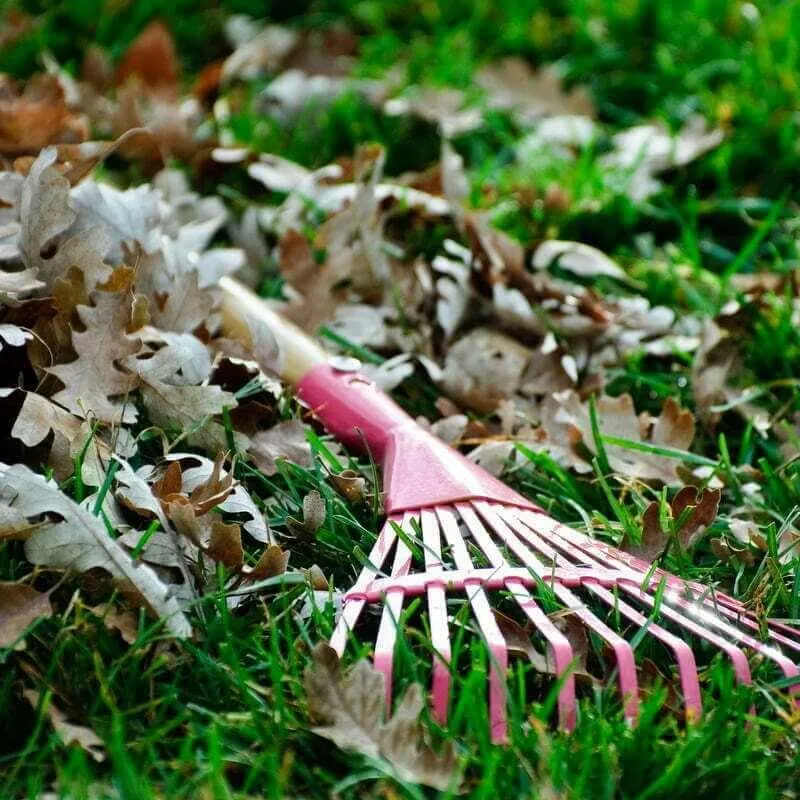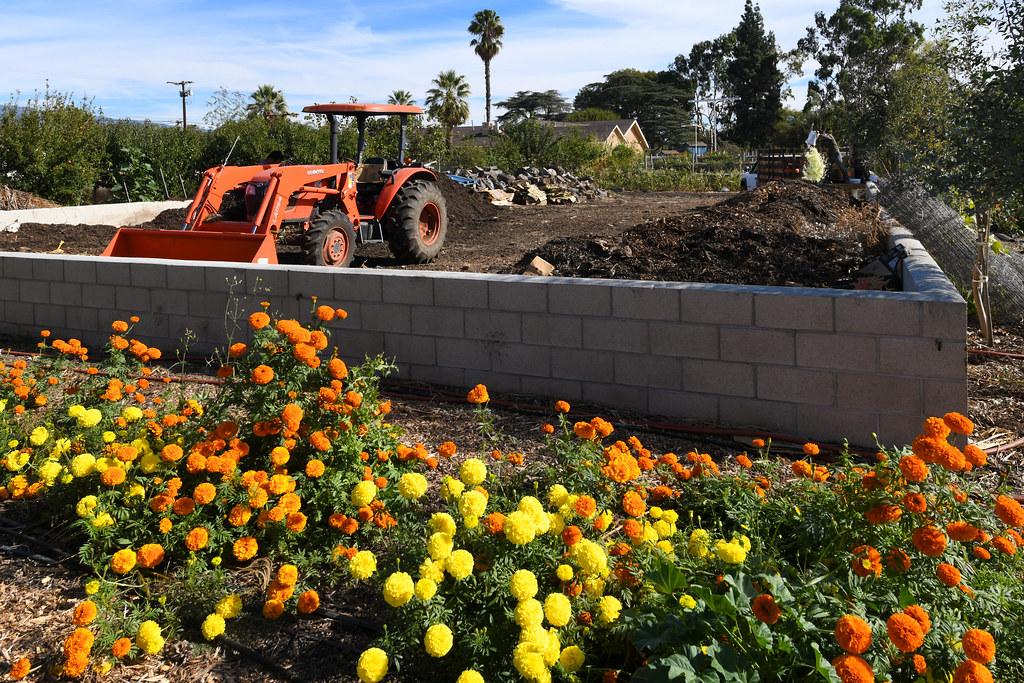




Urban Tree Management: Cultivating Green Spaces in the Concrete Jungle

In the bustling heart of our cities, amidst the towering skyscrapers and bustling streets, urban trees stand as silent sentinels, providing shade, beauty, and countless benefits to residents and visitors alike. However, managing trees in urban environments presents unique challenges and opportunities, requiring careful planning, expertise, and community engagement to ensure their health, vitality, and longevity.
Urban tree management encompasses a wide range of activities aimed at promoting the well-being of trees within urban landscapes. From planting and pruning to pest management and preservation, these efforts are essential for maintaining the health, safety, and sustainability of urban forests and green spaces.
One of the primary goals of urban tree management is to maximize the benefits that trees provide to cities and their inhabitants. Trees offer numerous environmental, social, and economic benefits, including improved air quality, reduced urban heat island effect, enhanced stormwater management, and increased property values. By strategically planting and maintaining trees in urban areas, cities can create more livable, resilient, and sustainable environments for residents and wildlife alike.
Furthermore, urban tree management plays a crucial role in mitigating the negative impacts of urbanization and development on tree health and biodiversity. Urban trees face a myriad of stressors, including pollution, soil compaction, inadequate space, and competition for resources. Arborists and urban forestry professionals employ a variety of techniques, such as pruning, fertilization, and soil remediation, to address these challenges and promote tree health and resilience in urban environments.
In addition to proactive maintenance, urban tree management also encompasses emergency response and hazard mitigation efforts. Fallen trees, broken limbs, and hazardous conditions pose immediate risks to public safety and property, requiring prompt action to address and mitigate potential dangers. Municipalities and arborists work collaboratively to develop emergency response plans, deploy resources, and implement mitigation measures to minimize the impact of tree-related hazards in urban areas.
Community engagement and education are also integral components of urban tree management. By raising awareness about the value of trees, the benefits they provide, and the importance of proper care and maintenance, cities can foster a culture of stewardship and responsibility among residents and stakeholders. Volunteer tree planting initiatives, citizen science programs, and educational workshops empower communities to play an active role in caring for and preserving urban trees for future generations.
Looking to the future, the challenges and opportunities of urban tree management are likely to evolve in response to changing environmental conditions, technological advancements, and societal priorities. By embracing innovative approaches, leveraging new technologies, and fostering collaboration among stakeholders, cities can cultivate vibrant, resilient, and sustainable urban forests that enhance quality of life and contribute to a greener, healthier, and more equitable future for all.
Other Articles

Seasonal Tree Care Guide
Just like any other living organism, trees have unique needs that vary with the seasons. From budding spring to frosty winter, each season presents opportunities and challenges for tree care and maintenance. By understanding and addressing these seasonal fluctuations, you can ensure the health, vitality, and beauty of your trees year-round.

Tree Cutting Techniques and Safety
Tree cutting is both an art and a science, requiring precision, skill, and a thorough understanding of tree biology and mechanics. Whether you're pruning branches for maintenance or felling a tree for removal, employing proper techniques and prioritizing safety is paramount to a successful and incident-free operation. Let's explore some essential tree cutting techniques and safety practices that every arborist should master

Tree Service Equipment and Tools
Behind every successful tree service operation lies a suite of specialized equipment and tools designed to tackle a variety of tasks with precision and efficiency. From pruning and trimming to removal and stump grinding, having the right tools for the job is essential for ensuring the safety of both arborists and the surrounding environment. Let's explore some of the essential equipment and tools used in the tree care industry

Other articles
Come discover a whole new world of trees and how best to manage them.
Testimonials
"I recently hired Tim's Tree Services to take care of some overgrown trees in my backyard, and I couldn't be more pleased with the results. From the initial consultation to the final cleanup, their team displayed professionalism, expertise, and a genuine commitment to excellence. They carefully assessed the situation, provided clear recommendations, and executed the job with precision and care. Not only did they transform my backyard into a safer and more beautiful space, but they also went above and beyond to ensure that the surrounding environment was left undisturbed. I highly recommend Tim's Tree Services to anyone in need of top-notch tree services. Thank you for a job well done!"
"I cannot praise Tim's Tree Services enough for their exceptional tree service! From the initial consultation to the final cleanup, every step of the process was handled with professionalism and expertise. Their team not only expertly pruned the trees on my property but also provided valuable advice on how to maintain their health and beauty in the long term. The care and precision they demonstrated were truly impressive, and the results speak for themselves – my trees look healthier and more vibrant than ever before. I highly recommend them to anyone in need of top-notch tree care services. Thank you for a job well done!"
Urban Tree Management: Cultivating Green Spaces in the Concrete Jungle

In the bustling heart of our cities, amidst the towering skyscrapers and bustling streets, urban trees stand as silent sentinels, providing shade, beauty, and countless benefits to residents and visitors alike. However, managing trees in urban environments presents unique challenges and opportunities, requiring careful planning, expertise, and community engagement to ensure their health, vitality, and longevity.
Urban tree management encompasses a wide range of activities aimed at promoting the well-being of trees within urban landscapes. From planting and pruning to pest management and preservation, these efforts are essential for maintaining the health, safety, and sustainability of urban forests and green spaces.
One of the primary goals of urban tree management is to maximize the benefits that trees provide to cities and their inhabitants. Trees offer numerous environmental, social, and economic benefits, including improved air quality, reduced urban heat island effect, enhanced stormwater management, and increased property values. By strategically planting and maintaining trees in urban areas, cities can create more livable, resilient, and sustainable environments for residents and wildlife alike.
Furthermore, urban tree management plays a crucial role in mitigating the negative impacts of urbanization and development on tree health and biodiversity. Urban trees face a myriad of stressors, including pollution, soil compaction, inadequate space, and competition for resources. Arborists and urban forestry professionals employ a variety of techniques, such as pruning, fertilization, and soil remediation, to address these challenges and promote tree health and resilience in urban environments.
In addition to proactive maintenance, urban tree management also encompasses emergency response and hazard mitigation efforts. Fallen trees, broken limbs, and hazardous conditions pose immediate risks to public safety and property, requiring prompt action to address and mitigate potential dangers. Municipalities and arborists work collaboratively to develop emergency response plans, deploy resources, and implement mitigation measures to minimize the impact of tree-related hazards in urban areas.
Community engagement and education are also integral components of urban tree management. By raising awareness about the value of trees, the benefits they provide, and the importance of proper care and maintenance, cities can foster a culture of stewardship and responsibility among residents and stakeholders. Volunteer tree planting initiatives, citizen science programs, and educational workshops empower communities to play an active role in caring for and preserving urban trees for future generations.
Looking to the future, the challenges and opportunities of urban tree management are likely to evolve in response to changing environmental conditions, technological advancements, and societal priorities. By embracing innovative approaches, leveraging new technologies, and fostering collaboration among stakeholders, cities can cultivate vibrant, resilient, and sustainable urban forests that enhance quality of life and contribute to a greener, healthier, and more equitable future for all.
Other Articles

Seasonal Tree Care Guide
Just like any other living organism, trees have unique needs that vary with the seasons. From budding spring to frosty winter, each season presents opportunities and challenges for tree care and maintenance. By understanding and addressing these seasonal fluctuations, you can ensure the health, vitality, and beauty of your trees year-round.

Tree Cutting Techniques and Safety
Tree cutting is both an art and a science, requiring precision, skill, and a thorough understanding of tree biology and mechanics. Whether you're pruning branches for maintenance or felling a tree for removal, employing proper techniques and prioritizing safety is paramount to a successful and incident-free operation. Let's explore some essential tree cutting techniques and safety practices that every arborist should master

Tree Service Equipment and Tools
Behind every successful tree service operation lies a suite of specialized equipment and tools designed to tackle a variety of tasks with precision and efficiency. From pruning and trimming to removal and stump grinding, having the right tools for the job is essential for ensuring the safety of both arborists and the surrounding environment. Let's explore some of the essential equipment and tools used in the tree care industry

Other articles
Come discover a whole new world of trees and how best to manage them.
Testimonials
"I recently hired Tim's Tree Services to take care of some overgrown trees in my backyard, and I couldn't be more pleased with the results. From the initial consultation to the final cleanup, their team displayed professionalism, expertise, and a genuine commitment to excellence. They carefully assessed the situation, provided clear recommendations, and executed the job with precision and care. Not only did they transform my backyard into a safer and more beautiful space, but they also went above and beyond to ensure that the surrounding environment was left undisturbed. I highly recommend Tim's Tree Services to anyone in need of top-notch tree services. Thank you for a job well done!"
"I cannot praise Tim's Tree Services enough for their exceptional tree service! From the initial consultation to the final cleanup, every step of the process was handled with professionalism and expertise. Their team not only expertly pruned the trees on my property but also provided valuable advice on how to maintain their health and beauty in the long term. The care and precision they demonstrated were truly impressive, and the results speak for themselves – my trees look healthier and more vibrant than ever before. I highly recommend them to anyone in need of top-notch tree care services. Thank you for a job well done!"
Contact Us
Service Hours
Social Media
07401097996
Monday - Friday: 9:00 AM - 5:00 PM
Saturday: 10:00 AM - 2:00 PM
Sunday: Closed



Copyright Tim Tree Services 2024

Powered By: Randleads